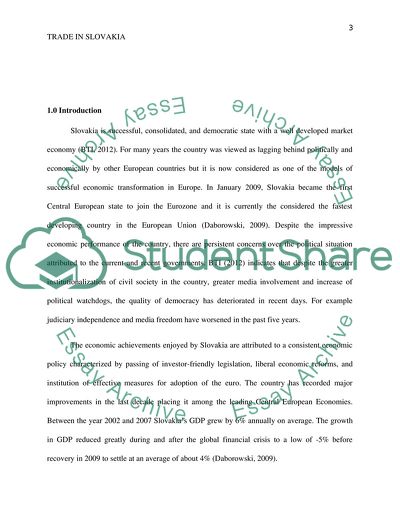Cite this document
(Trade in Slovakia Term Paper Example | Topics and Well Written Essays - 3500 words, n.d.)
Trade in Slovakia Term Paper Example | Topics and Well Written Essays - 3500 words. https://studentshare.org/macro-microeconomics/1813508-trade-in-slovakia
Trade in Slovakia Term Paper Example | Topics and Well Written Essays - 3500 words. https://studentshare.org/macro-microeconomics/1813508-trade-in-slovakia
(Trade in Slovakia Term Paper Example | Topics and Well Written Essays - 3500 Words)
Trade in Slovakia Term Paper Example | Topics and Well Written Essays - 3500 Words. https://studentshare.org/macro-microeconomics/1813508-trade-in-slovakia.
Trade in Slovakia Term Paper Example | Topics and Well Written Essays - 3500 Words. https://studentshare.org/macro-microeconomics/1813508-trade-in-slovakia.
“Trade in Slovakia Term Paper Example | Topics and Well Written Essays - 3500 Words”. https://studentshare.org/macro-microeconomics/1813508-trade-in-slovakia.


